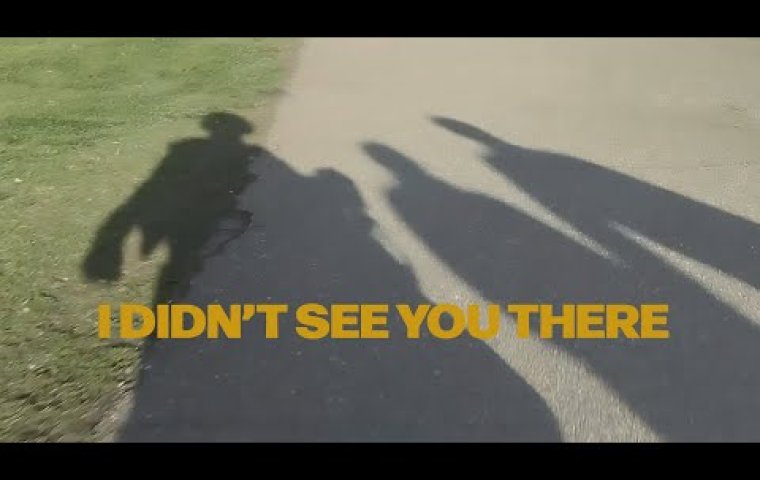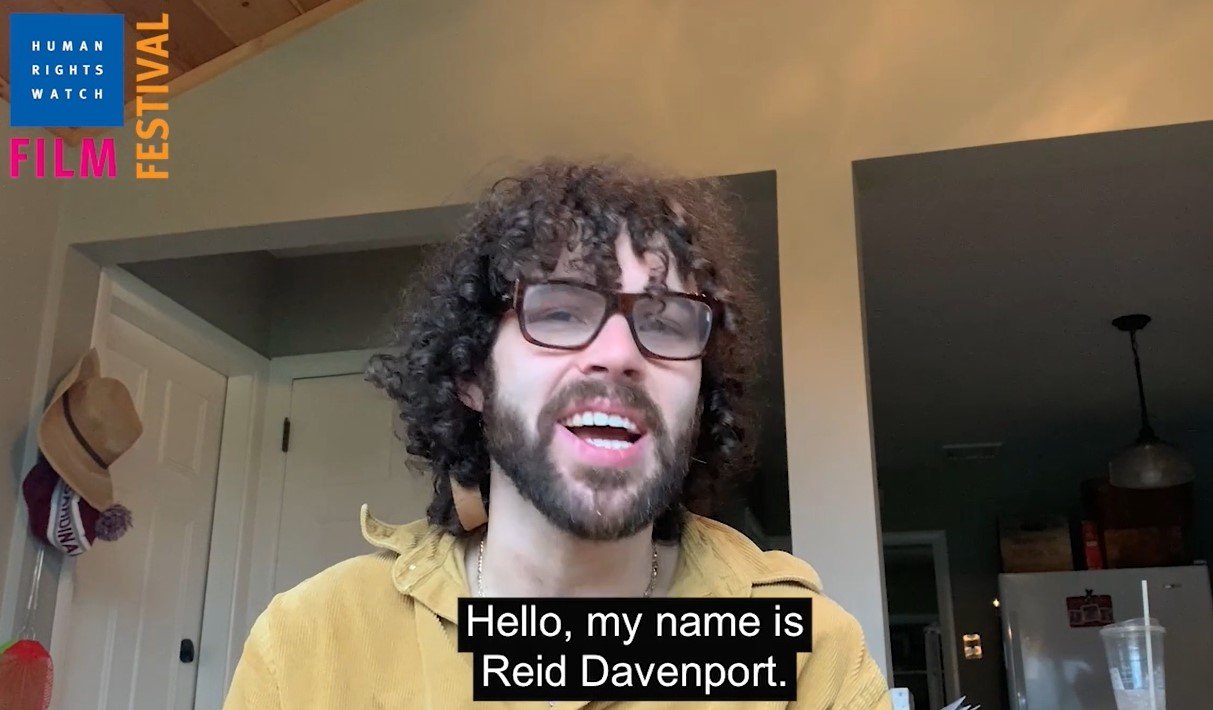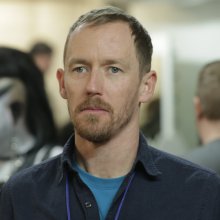When a circus tent is put up outside his apartment, filmmaker Reid Davenport, a wheelchair user, reflects on the corrosive legacy of the “freak show” and the paradoxical spectacle and invisibility of disability.
I Didn't See You There

Synopsis
As a person with a disability navigating the world from a wheelchair, filmmaker Reid Davenport is often either the subject of unwanted gaze — gawked at by strangers — or paradoxically rendered invisible, ignored, or dismissed by society. The arrival of a circus tent just outside his apartment prompts him to consider the history and legacy of the “freak show”, in which individuals who were deemed atypical were put on display for the amusement of a paying public. Contemplating how this relates to his own filmmaking practice, which explicitly foregrounds experiences ofdisability, Davenport sets out to make a film about how he sees the world without having to be seen himself. I Didn’t See You There is personal, political, and unflinching – offering a perspective and stylistic approach rarely seen in film, capturing indelible images informed by his disability.
Media Gallery

“I Didn’t See You There is fantastic and captivating – it’s precisely the disability-led perspectives that challenge our way of understanding norms, societies and filmmaking!”
- Jonas Bull, Assistant Researcher, Disability Rights, Human Rights Watch
“I see film after film exploring disability in a clichéd, misguided way. Rarely am I able to relate to stories about disability on screen. I wanted to be able to portray my perspective in a way that would be difficult to fetishize or romanticize. So instead of turning the camera on myself, I turned it outward. Doing so allowed me to capture the devastation of a stranger’s gaze, the emptiness of being ignored, the physical weight of doors, and the beauty I am privy to as a wheelchair-user and person with spasticity. In many ways, this film is an invitation to see through my eyes.”
- Reid Davenport, Director, I Didn’t See You There



